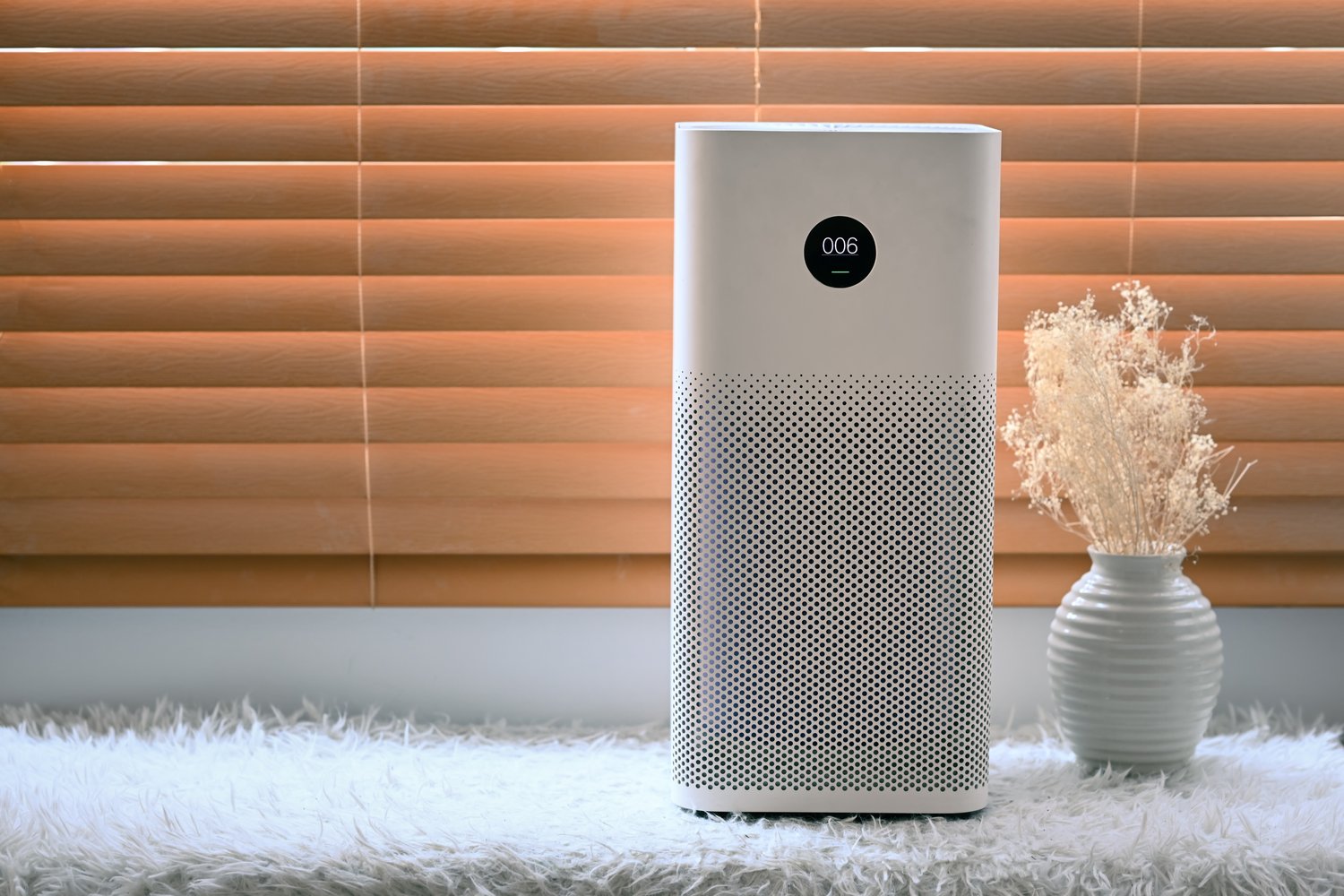The air inside your home can be significantly more polluted than outdoor air, with various contaminants circulating through your living spaces daily. Poor indoor air quality is linked to numerous health issues, from minor irritations like headaches and fatigue to more serious respiratory conditions. This comprehensive guide explores common indoor air pollutants and offers practical solutions to create healthy home air through proper ventilation techniques, effective air purification systems, and strategic plant selection.
Understanding Indoor Air Pollution Sources
Many homeowners are unaware of the numerous pollution sources lurking inside their homes. Everyday activities like cooking, burning candles, and using cleaning products release volatile organic compounds (VOCs) that compromise air quality. Dust, pet dander, and pollen count among the most common allergens that accumulate indoors. Building materials and furniture can emit formaldehyde and other chemicals through a process called off-gassing. Moisture issues lead to mold growth, while radon—a naturally occurring radioactive gas—can seep through foundation cracks. Understanding these pollution sources is the first step toward developing effective strategies to improve indoor air quality in your living spaces.
The Importance of Proper Ventilation
Ventilation stands as the foundation of healthy indoor environments. Without adequate air exchange, pollutants become trapped and concentrated inside your home. Opening windows daily, even for short periods, allows fresh outdoor air to circulate through your living spaces. Kitchen and bathroom exhaust fans serve a critical purpose beyond removing odors—they extract moisture and airborne contaminants. When weather permits, cross-ventilation created by opening windows on opposite sides of your home creates a refreshing airflow. For comprehensive solutions, whole-house ventilation systems like heat recovery ventilators (HRVs) and energy recovery ventilators (ERVs) provide continuous fresh air while maintaining energy efficiency, especially in tightly sealed modern homes.
Choosing the Best Air Purifier for Your Home
Selecting the right air purifier represents a worthwhile investment in your home’s air quality. When evaluating options for the best air purifier home solution, consider the specific pollutants you need to address. HEPA (High-Efficiency Particulate Air) filters remain the gold standard for removing 99.97% of particles as small as 0.3 microns, including most allergens and dust. For chemical pollutants and odors, activated carbon filters provide effective filtration. The purifier’s Clean Air Delivery Rate (CADR) indicates how quickly it filters air relative to room size—higher numbers mean better performance. AskHomey recommends matching purifier technology to your specific concerns, whether that’s pet allergens, smoke, or general air quality improvement. Consider also the noise level, maintenance requirements, and energy consumption before making your final selection.
Reducing Dust and Allergens Through Cleaning Practices
Implementing effective cleaning routines significantly helps reduce dust allergens home environments harbor. Vacuum carpets, rugs, and upholstery at least twice weekly using a machine equipped with a HEPA filter to prevent recirculating fine particles. Damp dusting captures particles rather than dispersing them into the air. Washing bedding weekly in hot water (at least 130°F) eliminates dust mites and their allergens. Consider removing shoes at the door to prevent tracking outdoor pollutants inside. Minimizing clutter eliminates dust-collecting surfaces, while maintaining humidity between 40-50% prevents dust mites from thriving. Regular maintenance of your HVAC system, including filter changes every 1-3 months depending on usage and environmental factors, prevents dust circulation through your home’s air ducts.
Air-Purifying Plants for Natural Filtration
Incorporating certain houseplants offers a natural approach to improving air quality. While plants alone cannot completely purify indoor air, they complement other strategies effectively. Spider plants excel at removing formaldehyde and xylene, while peace lilies help eliminate ammonia and benzene. Snake plants continue filtering air even at night, making them ideal bedroom companions. Boston ferns effectively increase humidity while filtering various pollutants. For optimal benefit, incorporate a variety of air-purifying plants throughout your home, with one medium-sized plant per 100 square feet of space. Remember that while plants contribute to healthy home air, they work best in conjunction with mechanical filtration and proper ventilation.
Controlling Moisture and Preventing Mold
Excess moisture creates ideal conditions for mold growth, one of the most problematic indoor air pollutants. Address leaks promptly, whether from plumbing fixtures, roofing, or foundation issues. Use exhaust fans during showers and cooking to remove humidity at its source. Dehumidifiers provide essential moisture control in naturally damp areas like basements. Ensure proper drainage around your home’s foundation to prevent water intrusion. Clean and inspect air conditioning drip pans and drain lines regularly, as these commonly harbor mold growth. If you discover mold, address small areas immediately with appropriate cleaning solutions, but consider professional remediation for extensive growth to ensure complete removal and prevent recurrence.
For more tips and to connect with reliable home service professionals, follow AskHomey on Facebook and Instagram.



